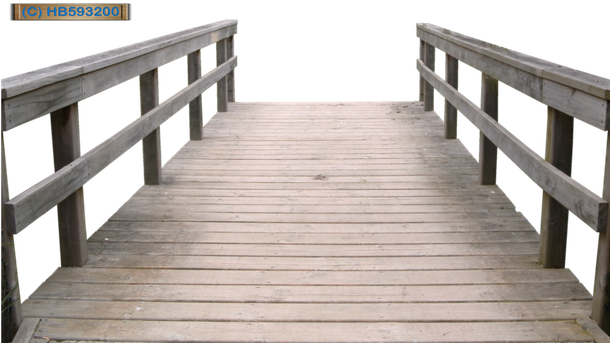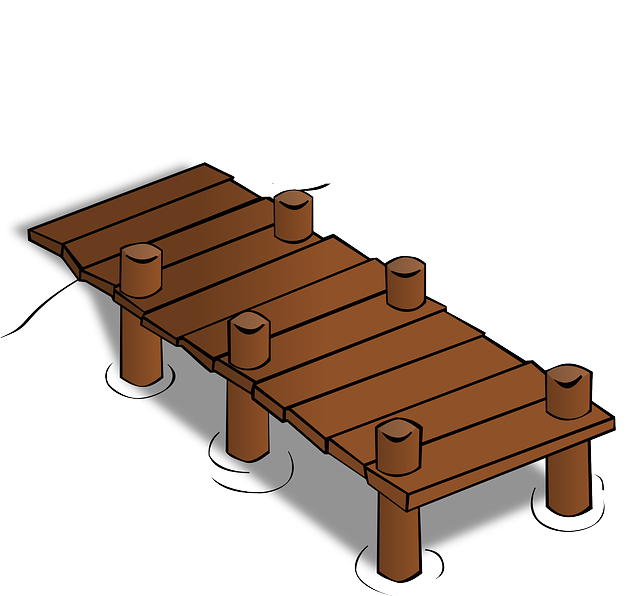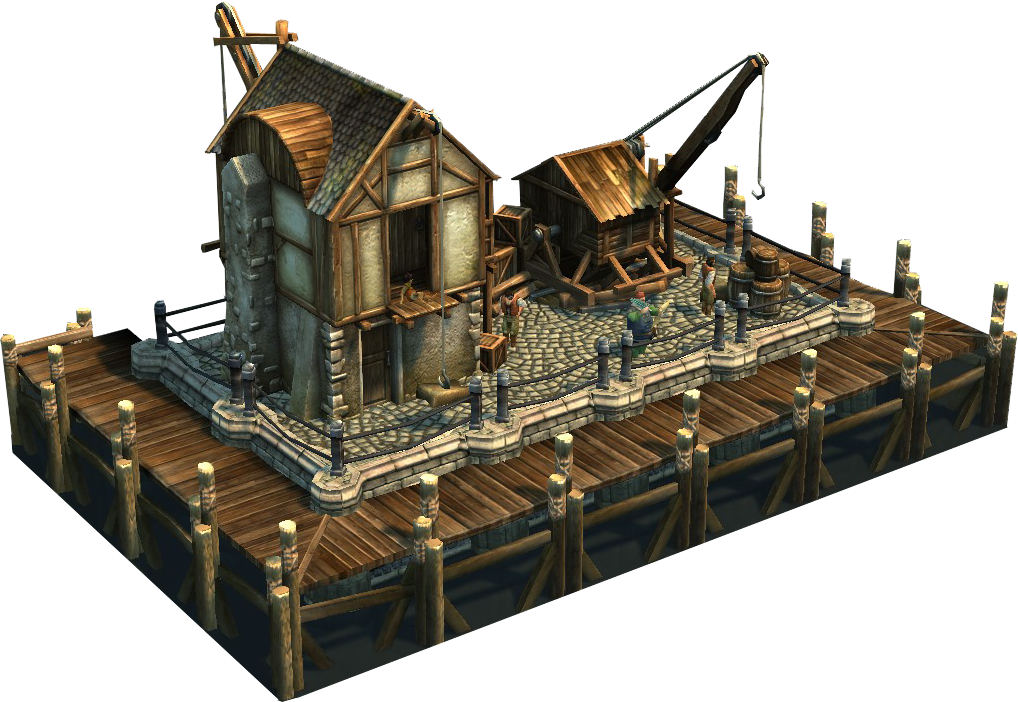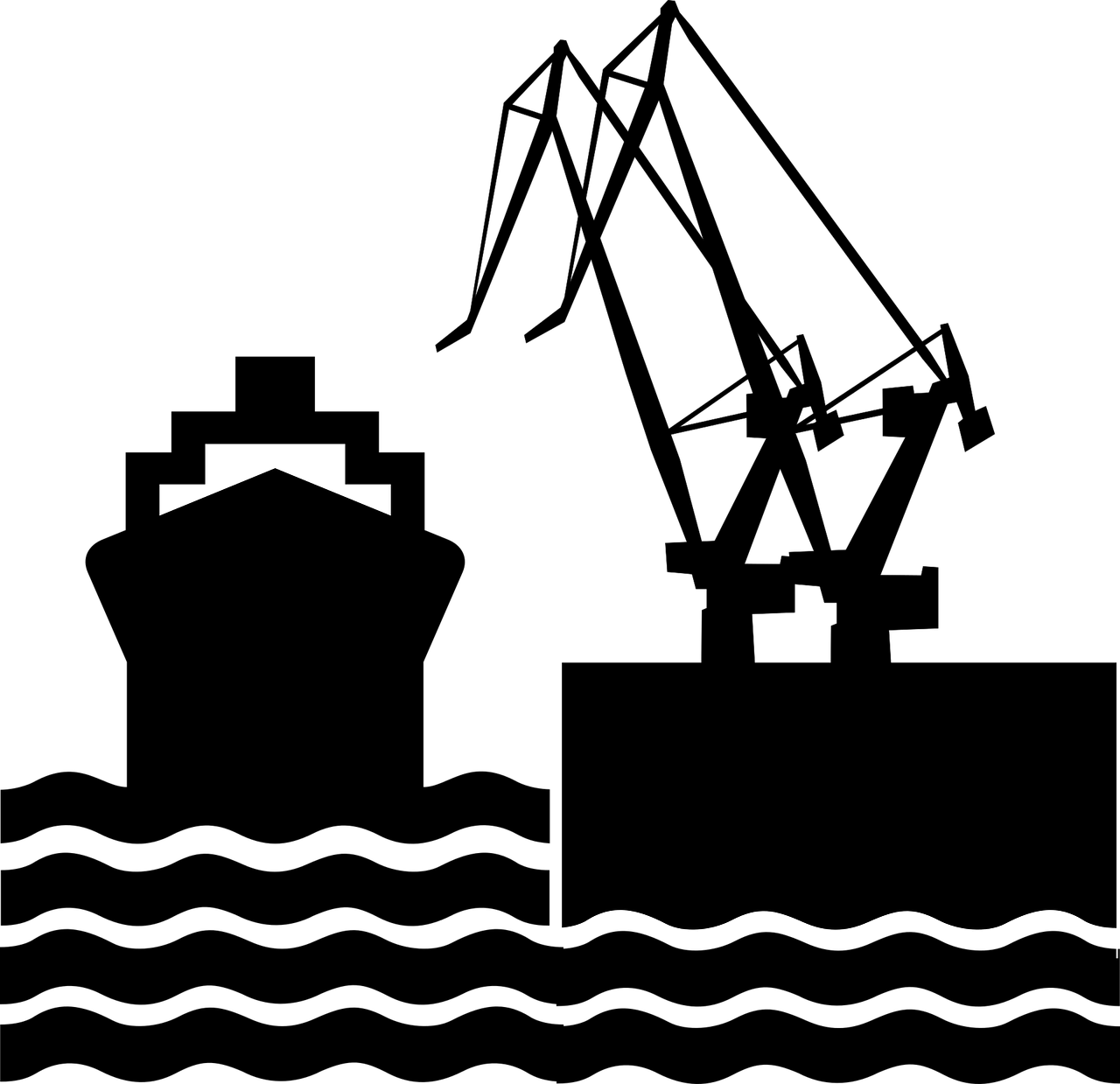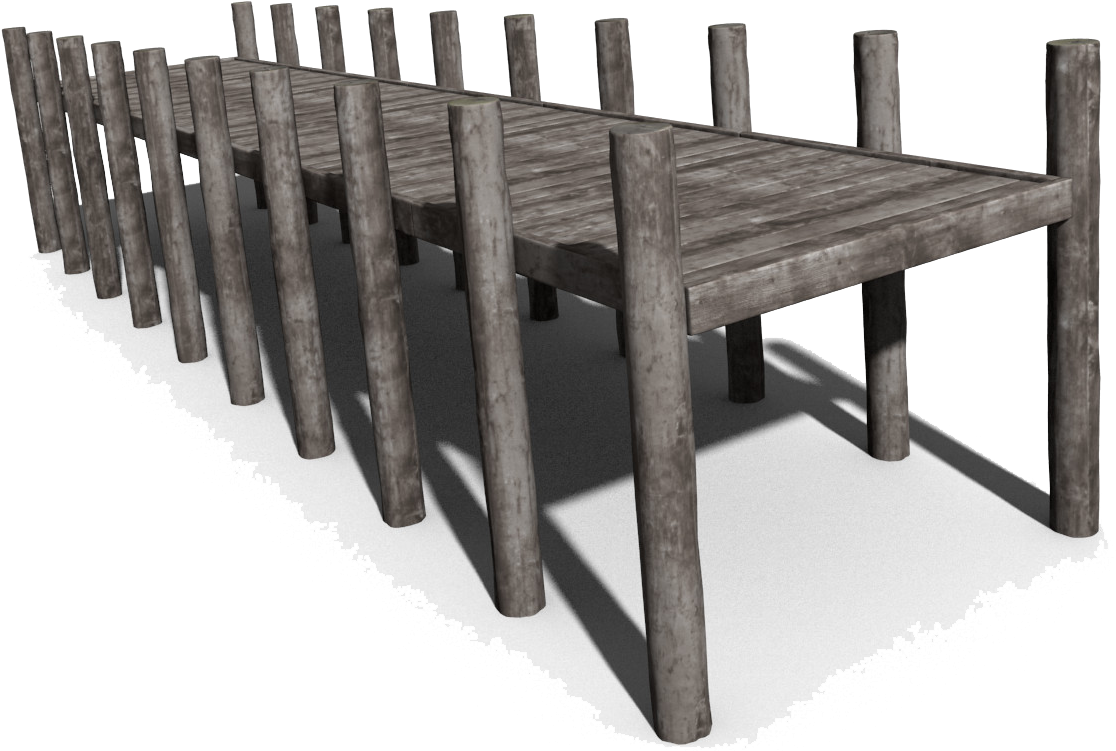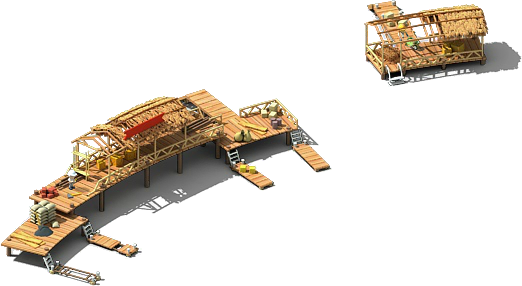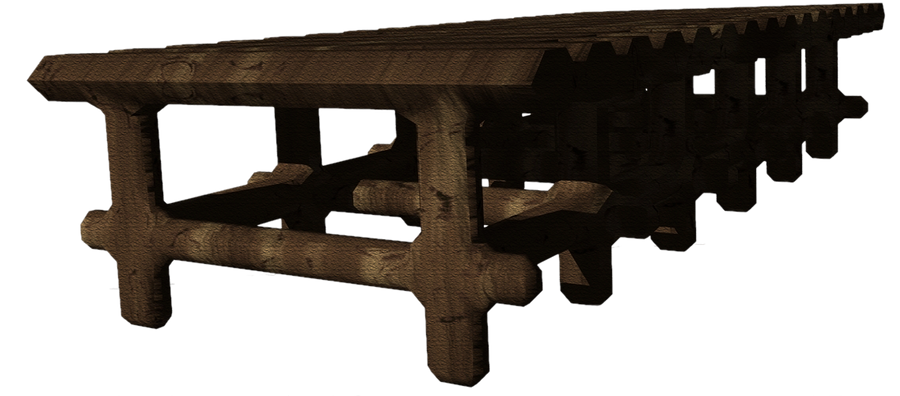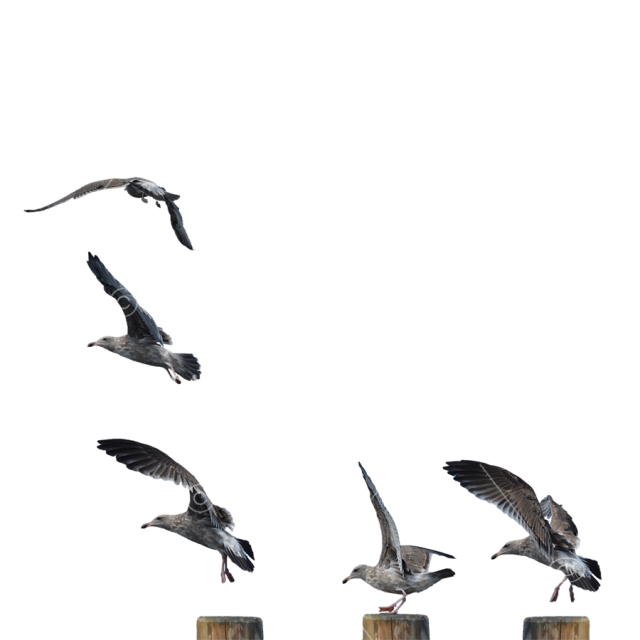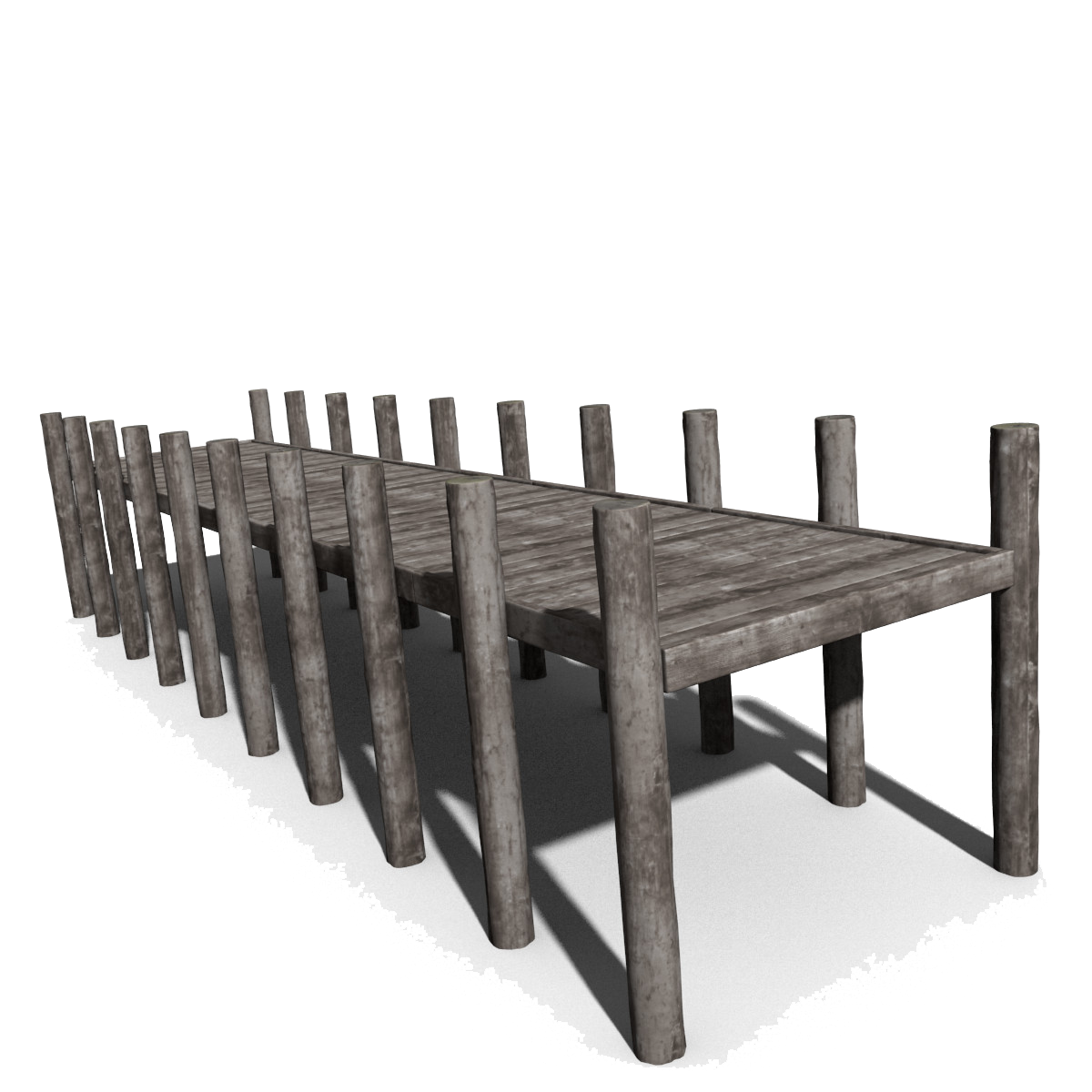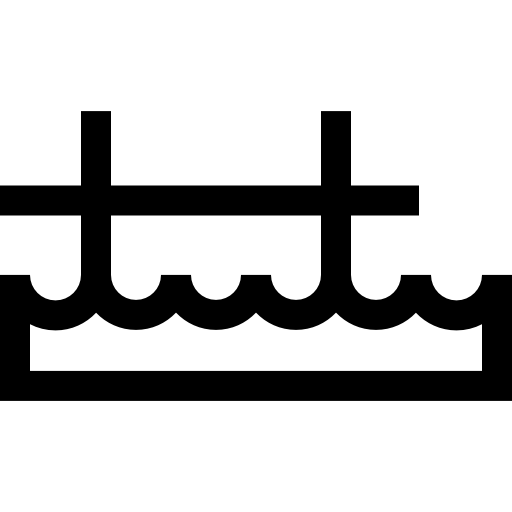Download top and best high-quality free Pier PNG Transparent Images backgrounds available in various sizes. To view the full PNG size resolution click on any of the below image thumbnail.
License Info: Creative Commons 4.0 BY-NC
Piers are usually raised structures that rises above the water body, usually propped up by stakes or columns, and protrude from their shores, providing water access to offshore areas. Frequently used piers are fishing, boat docking, access to both passengers and cargo, and beachfront recreation. Bridges, buildings and walkways may all be supported by piers. Their open structure allows tides and ocean currents to flow relatively unobstructed, but a more solid foundation of the quay or closely spaced stakes of the quay function as breakwaters, resulting in siltation. Piers range in size and complexity from simple, lightweight wooden structures to major structures over 1,600 m (5,200 ft). In American English, pier is a synonym for the dock.
The term pier tends to have different meanings in different parts of the world because the pier was built for several purposes. There are apparent regional differences between these other goals. Therefore, in North America and Australia, where many ports were built based on multiple pier models until recently, the term tends to mean current or former cargo handling facilities. In Europe, by contrast, ports often use basins and riverside quays rather than piers, so this term is primarily associated with the image of a Victorian cast-iron cruise ship pier. However, the oldest pier is pre-Victorian.
Piers can be divided into different groups, depending on their primary purpose. However, there is considerable overlap in these categories. For example, pleasure piers often allow docking of pleasure steamers and other similar crafts. In contrast, work piers are obsolete by advanced developments in cargo handling technology and then converted for leisure. Many piers are often floating piers to ensure that the pier moves up and down in the tides with the boats attached to them. This prevents situations where the line becomes overly tight or loose due to rising or falling tides. Too tight or loose tie lines can cause the boat to pull out of the water or leave too much room to hit the side of the pier and damage the boat.
Working piers were built to get passengers and cargo onto and off ships and canal vessels (like Wigan Pier). The working piers themselves fall into two different groups. Long, individual piers are often found in high tide ports and far enough from the shore to reach the deep sea. Such piers have provided an economical alternative to reservoirs, where low cargo volumes or specialized bulk cargo such as coal piers are processed.
Download Pier PNG images transparent gallery.
- Pier PNG Transparent HD Photo
Resolution: 960 × 493
Size: 494 KB
Image Format: .png
Download
- Pier PNG
Resolution: 2298 × 624
Size: 142 KB
Image Format: .png
Download
- Pier Transparent
Resolution: 610 × 343
Size: 405 KB
Image Format: .png
Download
- Pier
Resolution: 640 × 596
Size: 122 KB
Image Format: .png
Download
- Pier PNG Clipart
Resolution: 2289 × 1767
Size: 77 KB
Image Format: .png
Download
- Pier PNG Download Image
Resolution: 1018 × 702
Size: 735 KB
Image Format: .png
Download
- Pier PNG File Download Free
Resolution: 960 × 636
Size: 172 KB
Image Format: .png
Download
- Pier PNG File
Resolution: 1280 × 1239
Size: 100 KB
Image Format: .png
Download
- Pier PNG Free Download
Resolution: 1116 × 751
Size: 721 KB
Image Format: .png
Download
- Pier PNG Free Image
Resolution: 1280 × 313
Size: 539 KB
Image Format: .png
Download
- Pier PNG HD Image
Resolution: 522 × 286
Size: 105 KB
Image Format: .png
Download
- Pier PNG High Quality Image
Resolution: 900 × 396
Size: 412 KB
Image Format: .png
Download
- Pier PNG Image File
Resolution: 960 × 480
Size: 59 KB
Image Format: .png
Download
- Pier PNG Image HD
Resolution: 640 × 640
Size: 141 KB
Image Format: .png
Download
- Pier PNG Image
Resolution: 1200 × 1200
Size: 907 KB
Image Format: .png
Download
- Pier PNG Images
Resolution: 960 × 480
Size: 25 KB
Image Format: .png
Download
- Pier PNG Photo
Resolution: 960 × 480
Size: 35 KB
Image Format: .png
Download
- Pier PNG Pic
Resolution: 1300 × 301
Size: 380 KB
Image Format: .png
Download
- Pier PNG Picture
Resolution: 512 × 512
Size: 5 KB
Image Format: .png
Download


